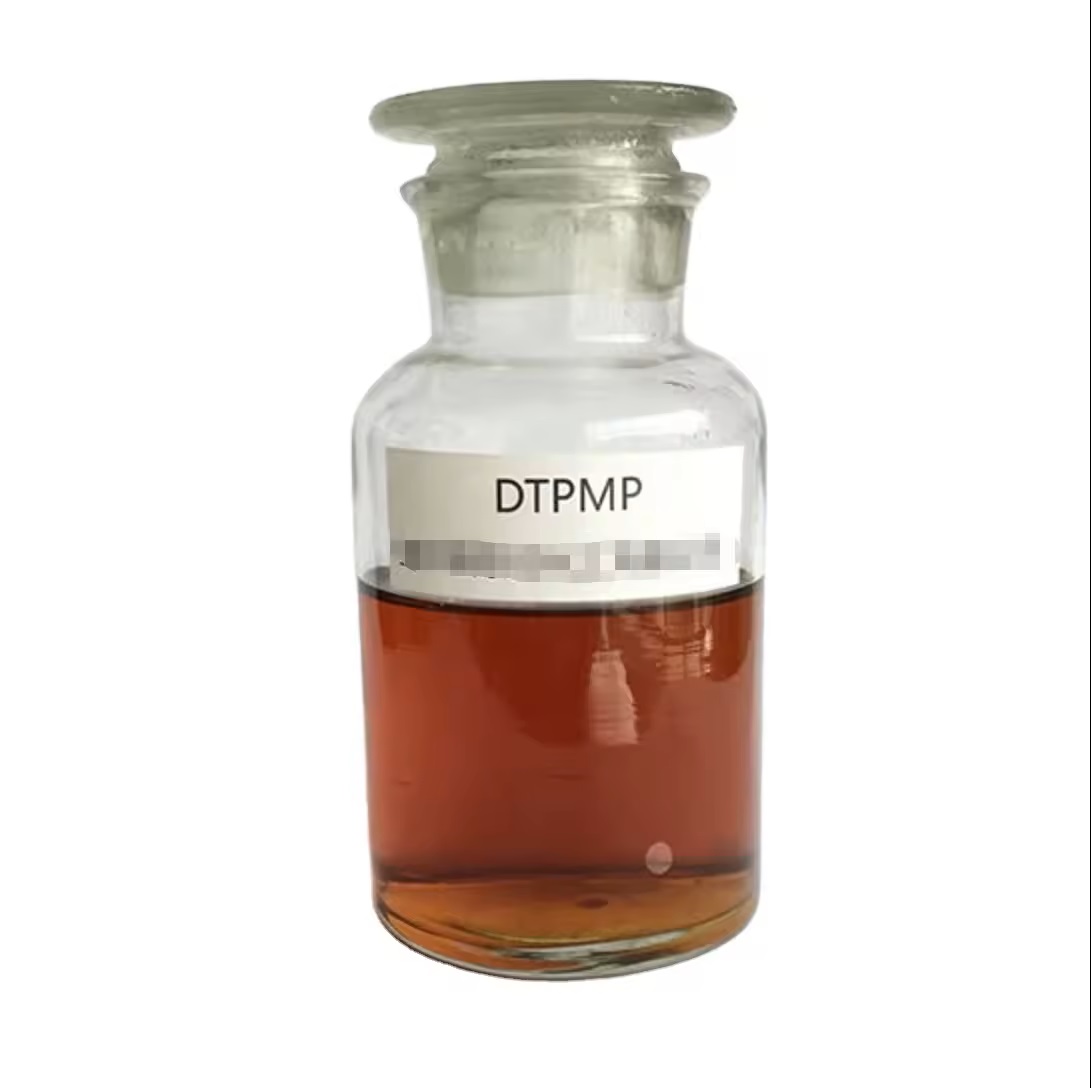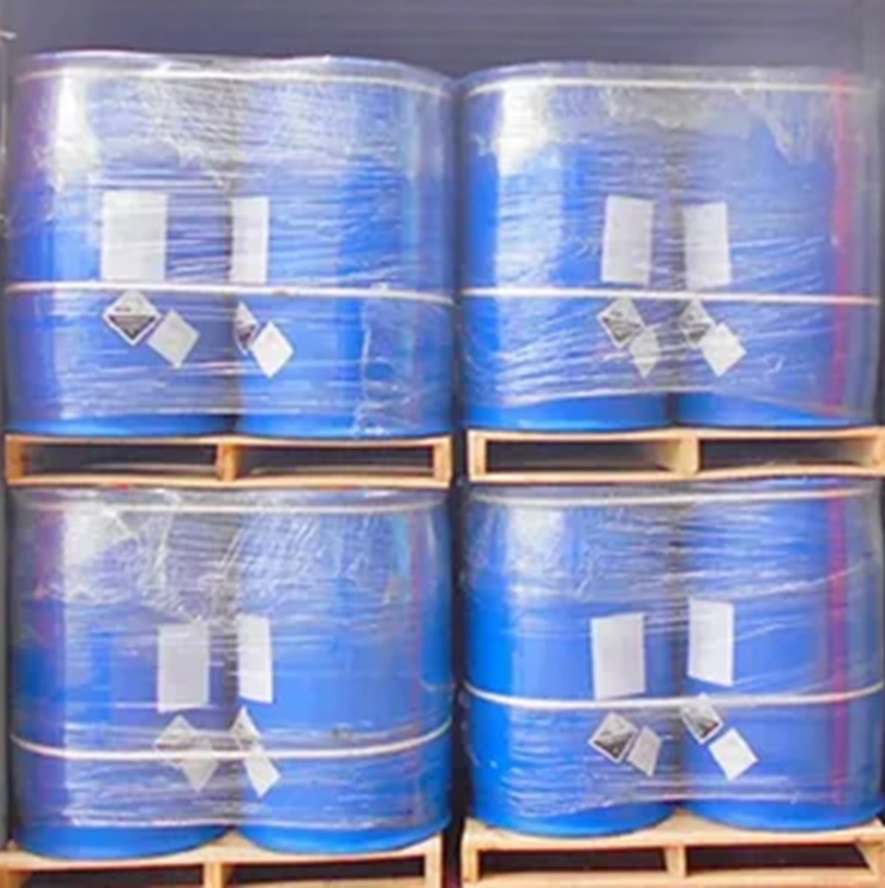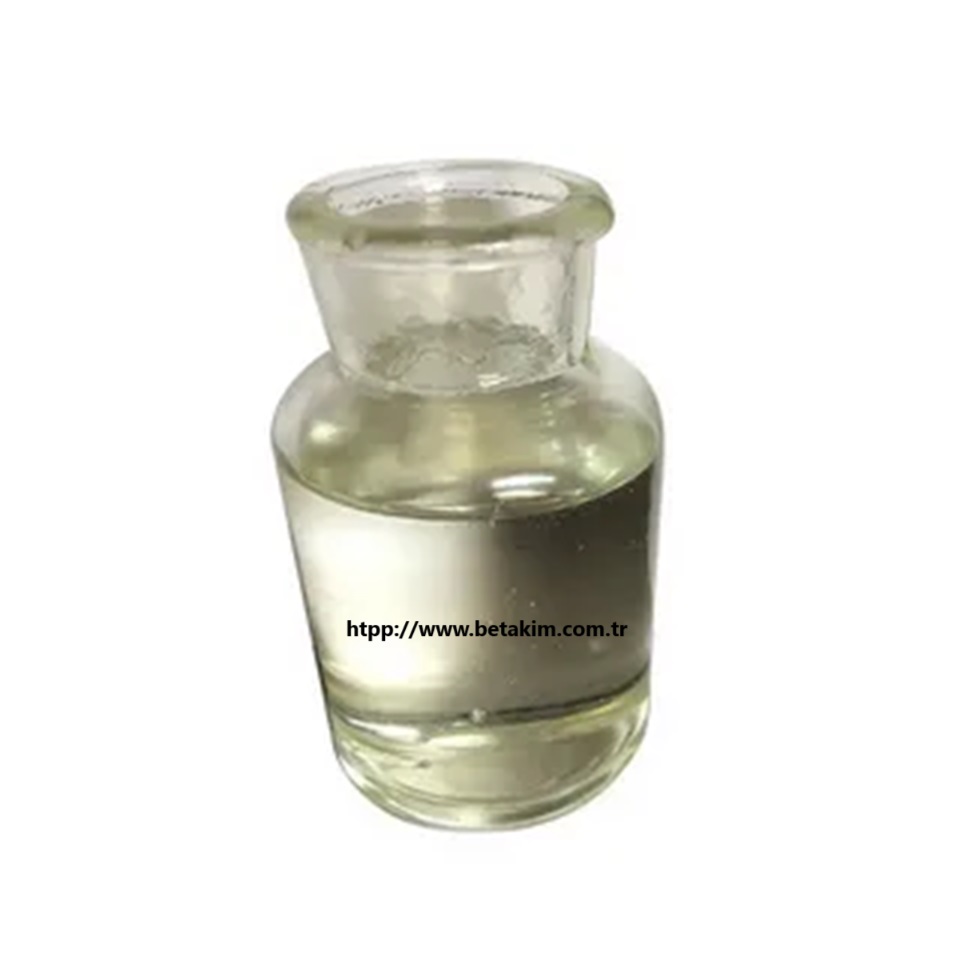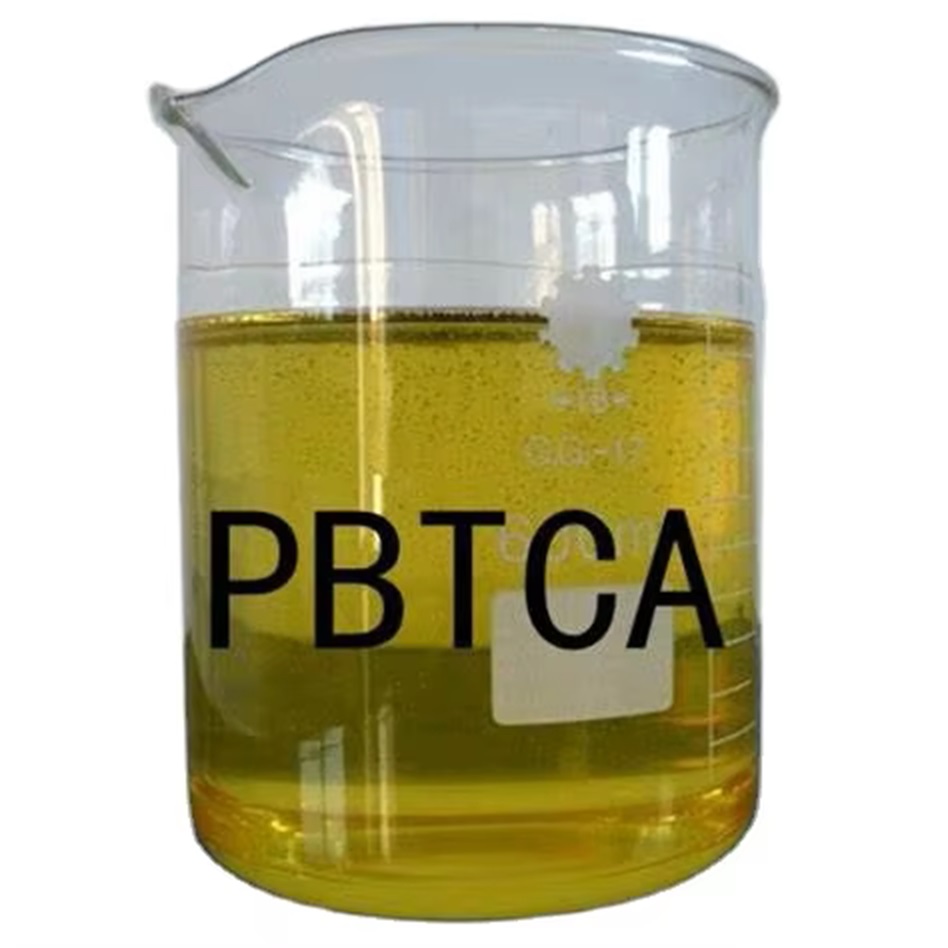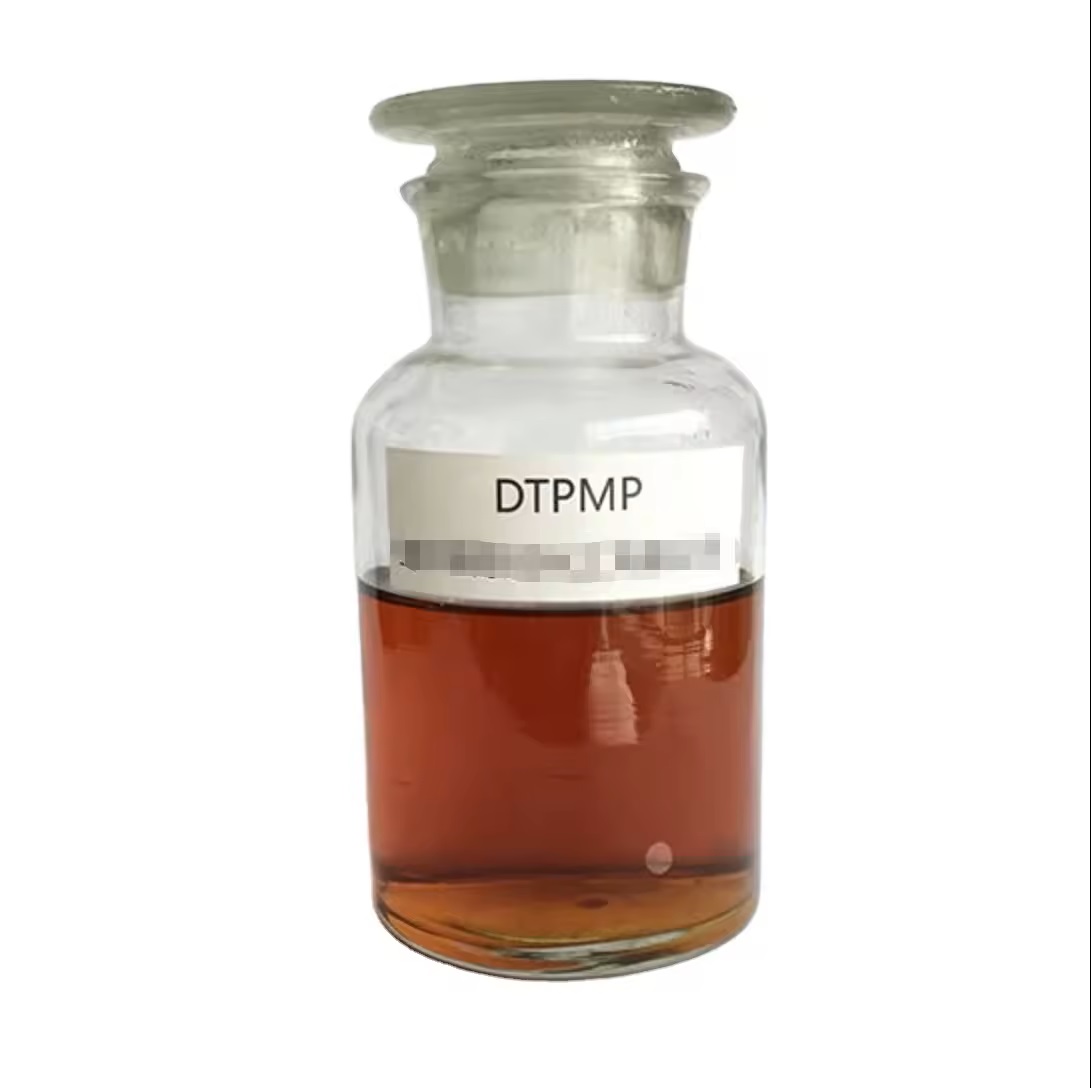We unleash your business potential by maximize the business innovation.
Send EmailPBTC, PBTCA, 2-Phosphonobutane-1,2,4-tricarboxylic acid, 37971-36-1
CAS: 37971-36-1
Molecular Formula: C7H11O9P
Names and Identifiers
| Name | 2-Phosphonobutane-1,2,4-tricarboxylic acid |
| Synonyms | PBTC PBTCA 2-phosphono-1,2,4-butanetricarboxylic 2-PHOSPHOBUTANE-1,2,4-TRICARBOXYLIC ACID 2-Phosphono-1,2,4-butanetricarboxylicacid 2,4-Butanetricarboxylicacid,2-phosphono-1 2-Phosphonobutane-1,2,4-tricarboxylic acid 2-phosphonobutane-1,1,1-tricarboxylic acid 2-PHOSPHONOBUTANE-1,2,4-TRICARBOXYLIC ACID 2-PHOSOPHONOBUTANE-1,2,4-TRICARBOXYLIC ACID 2-Phosphonobutane-1,2,4-Tricarboxylic Acid (PBTC) 2-Phosphonobutane-1,2,4-Tricarboxylic Acid(PBTCA) |
| CAS | 37971-36-1 |
| EINECS | 253-733-5 |
| InChI | InChI=1/C7H11O9P/c1-2-3(17(14,15)16)7(4(8)9,5(10)11)6(12)13/h3H,2H2,1H3,(H,8,9)(H,10,11)(H,12,13)(H2,14,15,16) |
| InChIKey | SZHQPBJEOCHCKM-UHFFFAOYSA-N |
Physico-chemical Properties
| Molecular Formula | C7H11O9P |
| Molar Mass | 270.13 |
| Density | 1.25 (50% aq.) |
| Boling Point | 545.2±60.0 °C(Predicted) |
| Flash Point | 334.551°C |
| Water Solubility | 909g/L at 20℃ |
| Solubility | Completely miscible in water |
| Vapor Presure | 0Pa at 25℃ |
| Appearance | clear liquid |
| Color | Colorless to Light yellow |
| pKa | 1.14±0.10(Predicted) |
| Refractive Index | 1.579 |
| Physical and Chemical Properties | Density 1.25 (50% aq.) |
| Use | Is a good corrosion and Scale Inhibitor, widely used in circulating cooling water system and oil field water injection system |
Risk and Safety
| Risk Codes | 34 - Causes burns |
| Safety Description | S26 - In case of contact with eyes, rinse immediately with plenty of water and seek medical advice. S45 - In case of accident or if you feel unwell, seek medical advice immediately (show the label whenever possible.) |
| UN IDs | UN 3265 |
| Hazard Class | 8 |
| Packing Group | III |
Upstream Downstream Industry
| Raw Materials | methylacrylate Sodium methoxide Dimethyl Maleate Maleic acid Dimethyl hydrogen phosphite |
Nature
colorless or light yellow transparent liquid. Relative density (20 degrees C) 11 275. Freezing point -15 °c. Acid-resistant, alkali-resistant, oxidant-resistant. Can be miscible with water in any proportion, 1% aqueous solution pH 1. Good thermal stability. The hydrolysis is stable, in water up to 120 deg C, No hydrolysis is found, with good corrosion and scale inhibition performance. The resistance to chlorine gas or chlorine products and ferric ions in water is better than that of other phosphonates. With the commonly used water treatment agent compatibility is good, and has a synergistic effect.
Preparation Method
first, the addition reaction between phosphite and maleate Ester occurs under the action of a catalyst to form an intermediate. Under the action of a catalyst, the intermediate is then added to acrylate, the resulting material is then hydrolyzed in an acidic medium to give the final product.
Use
as a corrosion and Scale Inhibitor, it is a water treatment agent with high scale inhibition and corrosion inhibition performance, strong chemical stability and low toxicity. In the high temperature, high hardness, high alkalinity conditions, PBTC also has good corrosion inhibition performance, and Ca2 .2 n2 .Mg2 plasma has excellent complexation ability. It has a good synergistic effect with zinc salt and polyphosphate. Can be used for petroleum, chemical, power generation, industrial boiler water treatment. The concentration ratio of the circulating cooling water can be increased to more than 7. In the detergent industry can be used as chelating agent and metal cleaning agent.
Safety
an aqueous solution of PBTC at a concentration of 50%, with an oral LD50 greater than 6500mg/kg in rats. The eyes of rabbits were used for mucosal irritation test, which showed moderate irritation. PBTC is a medium strength acid, which has a certain degree of corrosion, and the staff should be protected.
Reference Information
| LogP | -1.66 at 25℃ |
| introduction | 2-phosphonic acid butane -1, 2, 4 tricarboxylic acid (PBTC) is the latest generation of internationally popular phosphonic carboxylic acid, and is one of the most widely used and best performance products in high-efficiency scale and corrosion inhibitor compounding. This product is especially suitable for water quality conditions of high temperature, high hardness, high alkalinity, high PH, and high concentration multiple. It has good scale inhibition performance for calcium carbonate scale and calcium phosphate scale. Low toxicity, low phosphorus content, good chemical stability, excellent stable chelating effect on zinc salts. It has good dispersion effect on water quality with high turbidity and high iron content. This product is generally used in combination with zinc salt, copolymer, azole and other water treatment agents, and the dosage is 5-15mg/L. |
| usage | PBTCA is the most widely used in the compounding of high-efficiency scale and corrosion inhibitors. it is one of the products with the best performance and an excellent stabilizer for zinc salt. It is widely used in the corrosion and scale inhibition of circulating cooling water systems and oilfield water injection systems. It is especially suitable for compounding with zinc salts and copolymers. It can be used for high temperature, high hardness, high alkali and high concentration multiples. It can be used as a chelating agent and metal cleaning agent in the washing industry. PBTCA is generally used in combination with zinc salt, copolymer, organic phosphine, azole and other water treatment agents. If used alone, the dosage is 5~15mg/L. Used as corrosion and scale inhibitor to treat industrial water. This product has excellent complexation ability with Ca2 +, Zn2 +, Cu2 +, Mg2 + plasma. It is suitable for use in the pH range of 7.0~9.5. It can be operated under high temperature, high hardness and high alkalinity. The concentration multiple of circulating cooling water can be increased to more than 7. is a good corrosion and scale inhibitor, widely used in circulating cooling water system and oil field water injection system anti-scaling treatment good corrosion and scale inhibitor, widely used in circulating cooling water system and oil field water injection system anti-scaling treatment. Used as corrosion and scale inhibitor to treat industrial water |
| production method | add the moles of dimethyl phosphite and dimethyl maleate into the reaction kettle, and react at 100~105 ℃ for 4 hours under the catalysis of sodium peroxide to form intermediate (I). Transfer (I) to a condensation kettle, and a Micheal addition reaction with acrylic acid in the presence of a catalyst produces an intermediate (II). (II) is transferred into the hydrolysis kettle and hydrolyzed under acid catalysis to obtain the product. |
